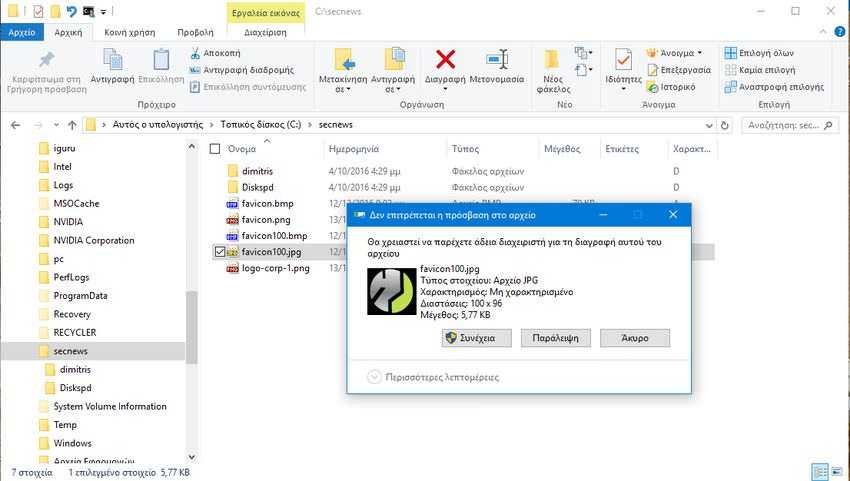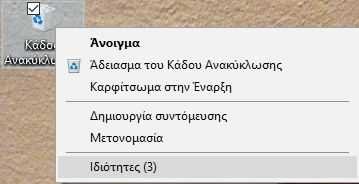In Windows 10, when the user deletes a file or folder, there is no immediate confirmation of the deletion on the screen. The deleted ones archives without any second thought they end up in the waste bin. If you are not happy with this behavior, you can change it.

Some users prefer this default behavior Windows 10. They want their files to be deleted as quickly as possible. They do not want to see any confirmation dialogs, because even if they delete something in error, they can always open the Recycle Bin folder and restore the files. Especially those who delete many temporary files all the time, their constant affirmations disturb them.
But other users prefer to see a confirmation. They consider it safe choice to be able to examine what is going to be deleted, because the Delete key can be pressed by mistake. Sometimes, new users may not even realize that an item has been deleted, even by mistake. A company's IT, fearing this inexperience, usually prefers Windows 7 behavior over Windows 10.
Keep in mind that Windows 10 gives you the right to choose how to behave on the subject. All you have to do is do the following:
1. Find the Recycle Bin icon on the File Explorer or on your desktop.
2. Right-click on the recycle bin icon and select Properties from it menu environment to open the Recycle Bin properties window.

3. In tab In general, see the “Show delete confirmation window” option. Select the check box and then click the Apply button to make the changes.

This will make Windows 10 display the Confirmation dialog when you delete a file or a folder with File Explorer.





